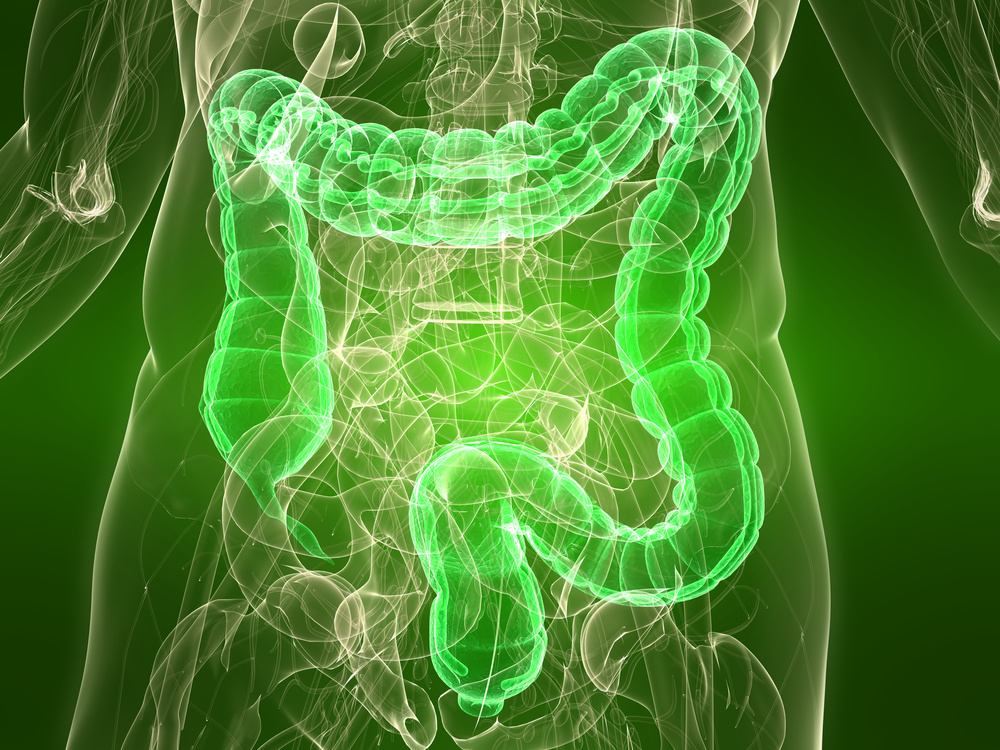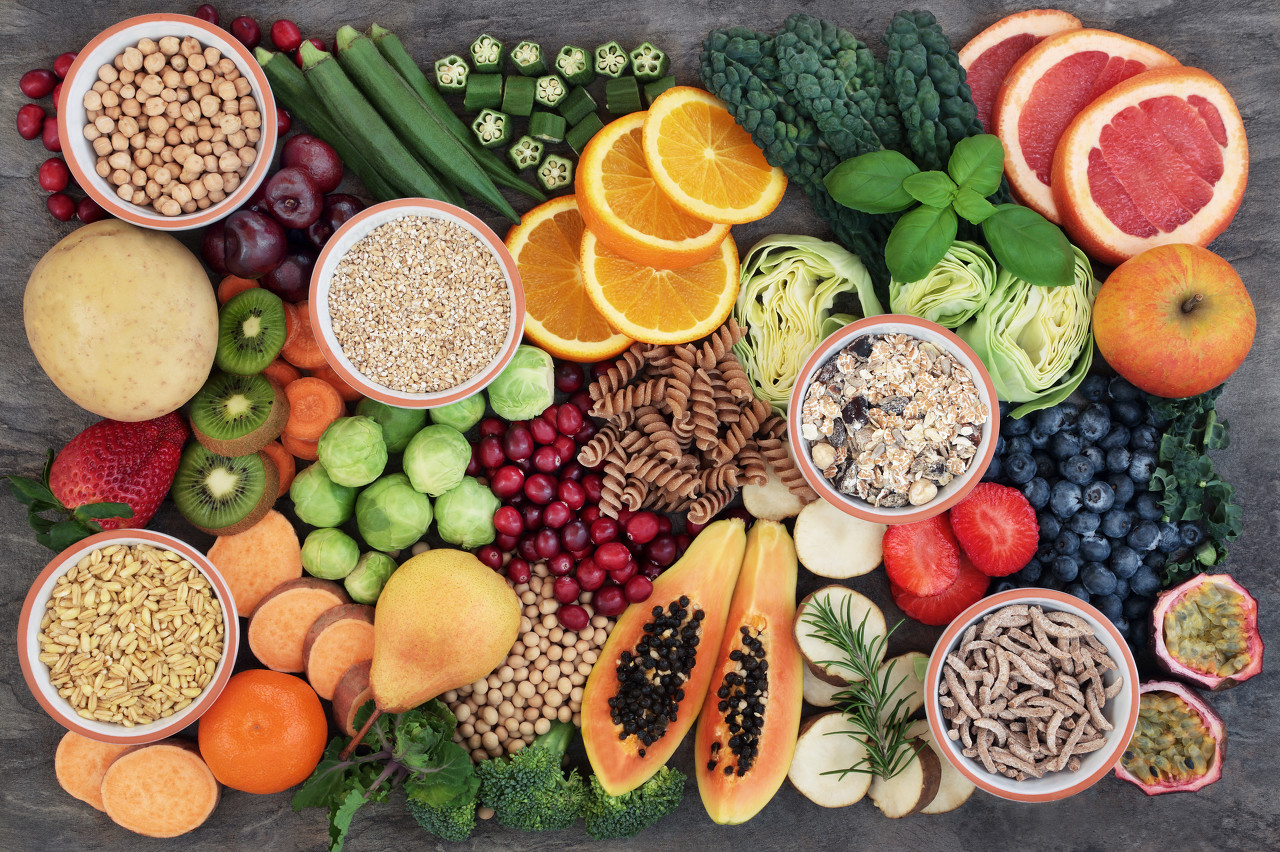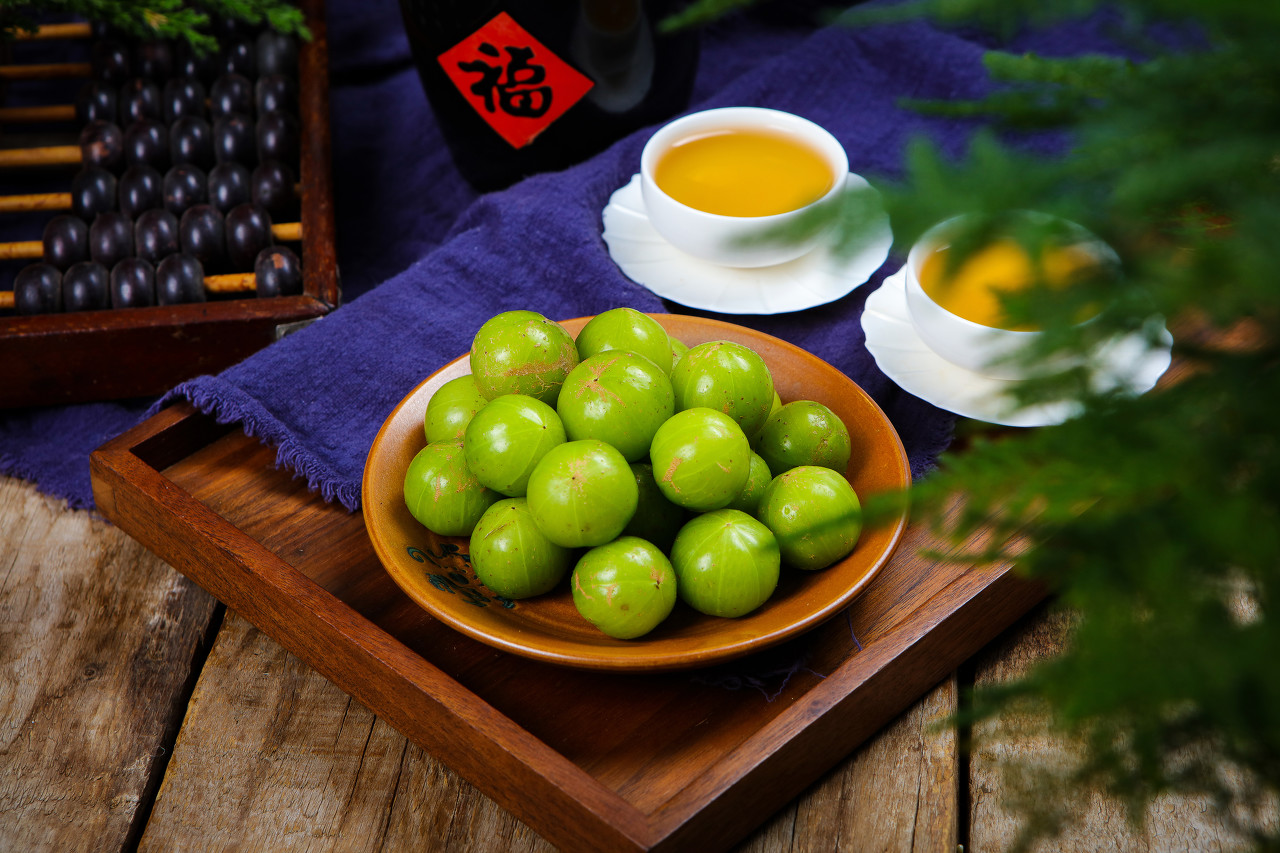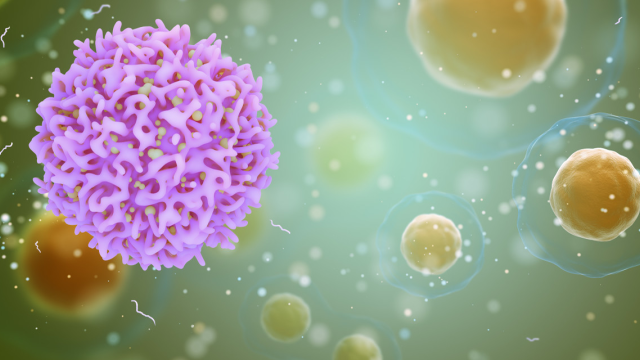
编者按:
近年来,人们越来越意识到肠道健康关乎整体健康。与此同时,植物性成分也越来越受到消费者的青睐。那么,植物性成分与肠道健康之间有什么关系呢?不同的植物成分都可以被用于解决哪些肠道问题呢?
今天,我们共同关注植物成分。希望本文能够为相关的产业人士和诸位读者带来一些启发和帮助。
在肠道健康状况不佳的情况下,即使摄入最好的食物和营养补充,人体也无法完全“享受”到营养物质的潜在健康效应。
所以,其实,从本质上讲,“胃肠道”涉及整个消化系统,而不仅仅是胃或肠。它始于口腔,止于“臀部”,包括肝脏和胆囊等介于两者之间的一切,其中的各个组织器官都同等重要。
通常,人们不会想方设法去支持消化系统的正常运行,除非出现问题,例如腹泻、便秘、胀气、消化不良或胃酸反流。一些关键的植物制剂可为解决这些问题提供有效支持,或者,我们也可以有针对性地制备一些复合制剂。
下面,我们将介绍 5 种植物成分及其对肠道健康的影响。

纤维素是膳食的重要组成部分,它有助于消化系统健康,对血糖1、体重2、心血管3健康也有益处。不溶性、可溶性和益生元纤维都是消化系统健康所必需的。
膳食纤维被誉为“结肠的牙刷”,这一称呼源于它对便秘的有效改善4。然而,膳食纤维具有双向调节作用,它在助力便秘的同时又可缓解腹泻5,这归功于其良好的吸水性能。
洋甘菊(Matricaria recutita)历来被用于胃肠疾病,包括消化障碍、肌痉挛、腹绞痛、胃不适、肠胃气胀、胃溃疡和胃肠痛等6。此外,研究还表明洋甘菊具有改善腹泻的作用7。
朝鲜蓟(Cynara scolymus)叶提取物有助于减轻功能性消化不良患者的恶心、呕吐、胀气和腹痛等症状8,9,还可缓解与肠道综合征(IBS)相关的腹痛、痉挛、腹胀、肠胃气胀和便秘问题10。
研究表明,朝鲜蓟叶提取物最大的效用可能与肝脏健康方面相关,例如对非酒精性脂肪肝(NAFLD)的保护作用11,朝鲜蓟叶提取物还可作为肝脏保护剂,防止肝中毒12。

余甘子(Emblica officinalis)是一种传统的阿育吠陀草药。阿育吠陀是印度传统医学体系,可以追溯到公元前5000年的吠陀时代,它以世界上最古老的有记载的综合医学体系而著称。
余甘子除了有助于心血管健康13及抗氧化功效14外,还具有其他广阔的应用前景。研究表明,余甘子可有效改善成人非糜烂性胃食管反流症(GERD)15,同时,对胃具有保护作用16。余甘子单独或联合使用对腹泻、便秘和消化不良也有好处17。
生姜(Zingiber officinale)对孕期恶心、呕吐、晕动症以及麻醉影响都有缓解作用18。研究表明,生姜还可助消化、提升整体胃肠道功能18,后者很好地解释了生姜改善消化不良的原因19。
以上只是列举了部分临床证实的植物成分,可能有助于为日益广泛的需求打开思路,以帮助解决消化健康问题。除此之外,其他一些成分也值得关注,包括但不限于库拉索芦荟、水飞蓟、解甘草甜素和黄连木等。将这些植物制剂与益生菌结合起来有助于建立全面的消化系统支持方案。
参考文献:
(滑动查看更多)
1.Frati-Munari AC et al.“Decrease in serum lipids, glycemia and body weight by Plantago psyllium in obese and diabetic patients.” Arch Invest Med (Mex). 1983;14(3):259-268.
2.Dehghan P et al.“Inulin controls inflammation and metabolic endotoxemia in women with type 2 diabetes mellitus: a randomized-controlled clinical trial.” Int J Food Sci Nutr. 2014;65(1):117-123.
3.McRae MP.“Dietary Fiber Is Beneficial for the Prevention of Cardiovascular Disease:An Umbrella Review of Meta-analyses.” J Chiropr Med. 2017;16(4):289-299.
4.Collado YL.“Effectiveness of inulin intake on indicators of chronic constipation; a meta-analysis of controlled randomized clinical trials.” Nutr Hosp. 2014;30(2):244-252.
5.Spapen H et al.“Soluble fiber reduces the incidence of diarrhea in septic patients receiving total enteral nutrition: a prospective, double-blind, randomized, and controlled trial.” Clin Nutr. 2001;20:301-305.
6.Kroll U, Cordes C.“Pharmaceutical prerequisites for a multi-target therapy.” Phytomedicine. 2006;13 Suppl 5:12-9.
7.Becker B, Kuhn U, Hardewig-Budny B.“Double-blind, randomized evaluation of clinical efficacy and tolerability of an apple pectin-chamomile extract in children with unspecific diarrhea.”Arzneimittelforschung. 2006;56(6):387-393.
8.Kraft K.“Artichoke leaf extract—recent findings reflecting effects on lipid metabolism, liver, and gastrointestinal tracts.” Phytomedicine. 1997;4:369-378.
9.Marakis G et al.“Artichoke leaf extract reduces mild dyspepsia in an open study.” Phytomedicine. 2002;9:694-699.
10.Walker AF, Middleton RW, Petrowicz O.“Artichoke leaf extract reduces symptoms of irritable bowel syndrome in a post-marketing surveillance study.” Phytother Res. 2001;15:58-61.
11.Panahi Y et al.“Efficacy of artichoke leaf extract in non-alcoholic fatty liver disease: a pilot double-blind, randomized controlled trial.” Phytother Res. 2018;32(7):1382-1387.
12.Mereish KA et al.“Protection against microcystin-LR-induced hepatotoxicity by Silymarin: biochemistry, histopathology, and lethality.” Pharm Res. 1991;8(2):273-277.
13.Gopa B, Bhatt J, Hemavathi KG.“A comparative clinical study of hypolipidemic efficacy of Amla (Emblica officinalis) with 3-hydroxy-3-methylglutaryl-coenzyme-A reductase inhibitor simvastatin.”
Indian J Pharmacol. 2012;44(2):238-242.
14.Kapoor MP et al.“Clinical evaluation of Emblica Officinalis Gatertn (Amla) in healthy human subjects: Health benefits and safety results from a randomized, double-blind, crossover placebo-controlled study.” Contemp Clin Trials Commun. 2019;17:100499.
15.Varnosfaderani SK et al.“Efficacy and safety of Amla (Phyllanthus emblica L.) in non-erosive reflux disease: a double-blind, randomized, placebo-controlled clinical trial.” J Integr Med. 2018;16(2):126-131.
16.Al-Rehaily AJ et al.“Gastroprotective effects of ‘Amla’ Emblica officinalis on in vivo test models in rats.” Phytomedicine. 2002;9(6):515-522.
17.Baliga MS, Dsouza JJ.“Amla (Emblica officinalis Gaertn), a wonder berry in the treatment and prevention of cancer.” Eur J Cancer Prev. 2011;20(3):225-239.
18.Anh NH et al.“Ginger on Human Health:A Comprehensive Systematic Review of 109 Randomized Controlled Trials.” Nutrients. 2020;12(1):157.
19.Hu ML et al.“Effect of ginger on gastric motility and symptoms of functional dyspepsia.” World J Gastroenterol. 2011;17(1):105-110.
原文链接:Natural Products Insider, 2021,11(1):13-14.
作者|David Foreman
编译|Lina
审校|617
编辑|三木


